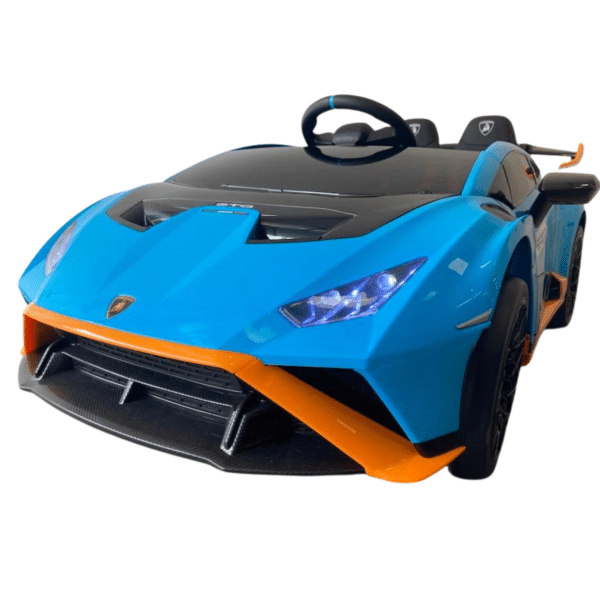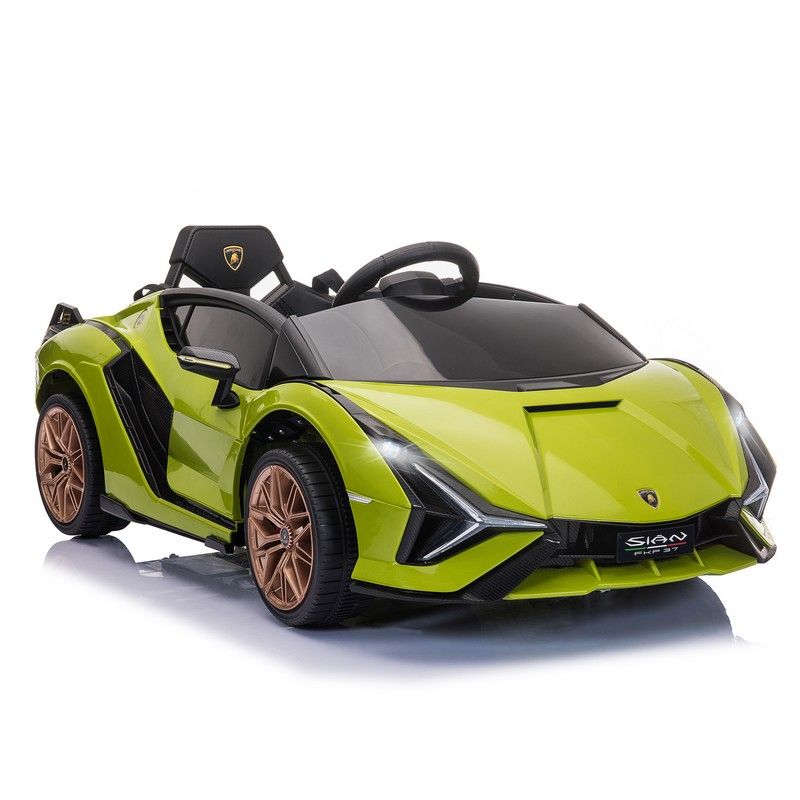Great Advice For Choosing Kids Cars
Wiki Article
What Safety Features On A Ride-On Vehicle Should I Be Looking At? Pros And Pros And
It is essential to consider safety features when selecting a car ride for your kids. These will help to keep them safe and happy while playing. Seat Belts are one of the most crucial security features to take into consideration.
Seat belts can help keep your child secure within the car ride. This reduces the chances of them falling or being thrown out of the vehicle during play. Seat belts are an extra layer to protect your child during turns and sudden stops.
Cons - Not all ride-on vehicles have seat belts. This includes those that are designed specifically for younger children. Also, some children find seatbelts to be uncomfortable and restrictive. This can lead to resistance to using them.
Sturdy Construction
Pros: A sturdy ride-on car made of high-quality materials will last longer and is less likely to fail. This will ensure security and reliability. It can stand up to all playtime rigors and still provide stability.
Cons - The expense of a solid structure can be high, making them prohibitive for many families. The ride-on cars may also be more difficult to maneuver and transport when they're made from heavier materials.
Low Center of Gravity -
Ride-on cars with a low center gravity tend to be less likely to topple, which can decrease the chance of accidents and injuries. They are more stable and provide better balance, especially during turns and maneuvers.
Pros - Some ride-on vehicles that have a low center of gravity may sacrifice ground clearance or off-road capabilities, limiting their versatility in certain situations.
Remote control for parents'
Pros: Remote-controlled ride-on cars enable parents to supervise, assist and supervise their child's activities. They provide an added degree of security and parental control. Parents can intervene during emergencies or navigate difficult terrains or stay clear of collisions.
Cons - Remote parental control could hinder a child's independence, independence and freedom of play as they will rely on the direction and assistance of their parents while playing. Furthermore, the cost of remote-controlled ride-on cars can be higher than that of the manual versions.
Speed Limiters
Pros - Ride on cars with adjustable speeds or speed limiters let parents determine the maximum speed of the vehicle. This lowers the likelihood of accidents and collisions. They can gradually increase speed as the child develops confidence and skill.
Cons - Some kids may grow out of the lower speeds very quickly, leading to disappointment and frustration. In addition, speed limiters may not be accessible in all models or require additional features or accessories.
Safe Start Technology -
Pros: Safe Start Technology helps the ride-on vehicles start and stop without a hitch. This minimizes the chance of sudden jerks which could cause instability or even startle the child. It provides a more relaxing and safer ride.
Pros - Cars with ride-on features such as safety start technologies may be more expensive than basic models without this feature. Furthermore, children might feel that the gradual acceleration and deceleration to be less thrilling or exciting as opposed to immediate stops and starts.
Visibility Enhancements
Pros - Ride-on automobiles that have visibility enhancements, like working taillights, headlights, or reflective materials increase visibility, particularly in low-light conditions or dimly lit areas. They enhance security by making the car more visible to drivers or pedestrians.
Cons - The higher visibility can lead to the battery draining more quickly, or increase the level of complexity. This can increase the chance of problems or maintenance.
If you take a look at these safety features and weigh their benefits, you'll be able choose a car that prioritizes the safety of your child and offering them a fun and exciting playtime. Read the most popular kids ride on cars for site advice including toy cars toy car, toy and car, car on ride, car toy toy, car on ride, 2 seater electric cars, two seater electric cars, 2 seater electric cars, electric toy car, ride ons and more. .

What Are The Models For Outdoor And Indoor Children's Vehicles Designed?
These models have been designed with specific features and characteristics specific to the particular environment and usage scenario, whether either outdoors or indoors. Here's how these designs differ from indoor Use Cars Indoor Use Cars
Dimensions and weight- Cars intended for indoor usage will be smaller in dimensions and weight and therefore easier to maneuver around small space. This includes living rooms and playrooms. They can navigate through tight spaces and narrow passageways with ease.
Low Ground Clarity Vehicles in indoor environments have low clearances so that they don't get stuck, or getting caught, upon obstacles such as carpets, rugs, or thresholds. This allows for smooth and uninterrupted movement over indoor surfaces.
Smooth Wheels- Cars for indoor use have wheels that are composed of smooth materials such as rubber or plastic to provide an even traction on surfaces with an even surface, such as tile or laminate flooring. They are designed to minimize sound and prevent scratching of indoor surfaces.
Limited Speed - Indoor usage cars typically are slower to make sure that they are safe and secure within tight spaces. This could help prevent collisions and accidents with walls, furniture and other objects in indoor areas.
Outdoor Use Cars -
Durable construction - Outdoor vehicles are constructed with durable materials, such as steel or tough plastic, to withstand rough handling and elements of nature, such as sunlight, moisture and temperature changes. They are immune to damage caused by outdoor elements.
The greater the clearance on the ground is, the better equipped to handle bumps and uneven terrain. This lets the vehicle navigate over rough terrains without damage or a snag.
Traction Tires Car tires that are designed for outdoor use usually have treads or patterns that improve grip and traction when driving on slippery or uneven surfaces. This allows for better control and stability when driving over rough terrain.
Weather Resistant Components - Vehicles for outdoor use may contain weather-resistant parts, such as sealed electronic components, waterproof casings or corrosion-resistant materials. These elements shield the vehicle from water and environmental damage. The car can be subjected to mud, rain and puddles without performance degradation.
Higher Speed - Outdoor use cars typically have higher maximum speeds to accommodate open spaces and longer distances commonly encountered outdoors. This can provide a thrilling and thrilling ride for children who want to explore the outdoors.
These features and traits can help parents select the best car for their children that will meet their needs and the environment in which they live. See the best go here for kids cars for website tips including riding digger, kiddies cars, ride of car, toy car for car, toy car toy car, ride electric car, electric rideons, electric ride along car, kiddies cars, race car toy car and more. .

What Can I Learn About My Parents' Experiences With Specific Ride-On Models Of Cars?
For reviews and suggestions for specific ride-on car models, you can use various online resources and platforms. You can use the below steps to study and assess different ride-on vehicles: Online retailers
Shop online at Amazon, Walmart and Target where customers leave reviews on the items they purchased. Consider models of ride on automobiles that have garnered numerous positive reviews from customers.
Manufacturer Websites -
Find out about the product offers, specifications and customer reviews on the sites of ride-on vehicle manufacturers. Certain manufacturers may feature customer reviews on their sites.
Parenting Forums and Communities -
Participate in parenting forums as well as online communities that allow parents to share their experiences and recommendations for ride-on models of cars. Reddit BabyCenter as well as The Bump are all websites that have parenting forums where you can read other people's experiences and ask questions.
Toy Review Sites -
Toy review blogs and websites that focus on the evaluation of children's rides-on cars and toys can be found. They provide in-depth reviews and comparisons based upon factors like durability, safety, and playability.
YouTube Reviews -
YouTube is the place where toy lovers, content creators, as and other users share their experiences with ride-on vehicles. There are reviews about these vehicles as well as video demos and unboxings. Video reviews can help give you a more accurate idea of how a ride-on car does in real-world situations.
Social Media Social Media
Social media platforms such as Facebook, Instagram and Twitter let you follow toy manufacturers parents, parenting experts, and parenting groups. These platforms typically feature product reviews, user feedback as well as recommendations from fellow parents.
Consumer Reports and Product Testing Organizations
Consumer Reports, Which? and Good Housekeeping are all unbiased organisations that review and test products. These organizations carry out rigorous tests and evaluates of the product's performance and quality.
Word of mouth
Ask your family members, friends or fellow parents about their experiences with specific brands of ride-on cars. Personal referrals can provide valuable insights and firsthand accounts of product reliability and satisfaction.
When researching ride-on models look at things like security, durability, easy to set up as well as battery life and the support provided by the manufacturer. Look for brands that are known for quality and reliability. This can be established by the reviews of parents and other customers. Follow the top rated kids ride on cars kidscars.co.uk advice for more tips including childs car toy, cars pedal car, kidscars, toy toy cars, a toy car, childs ride on car, car toy car toy, kiddies cars, ride of car, toy car for car and more. .
